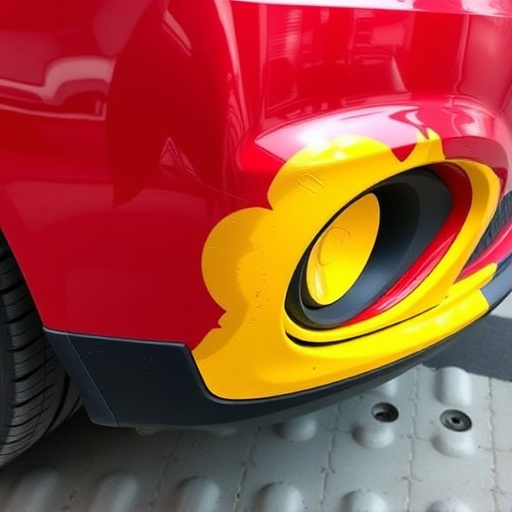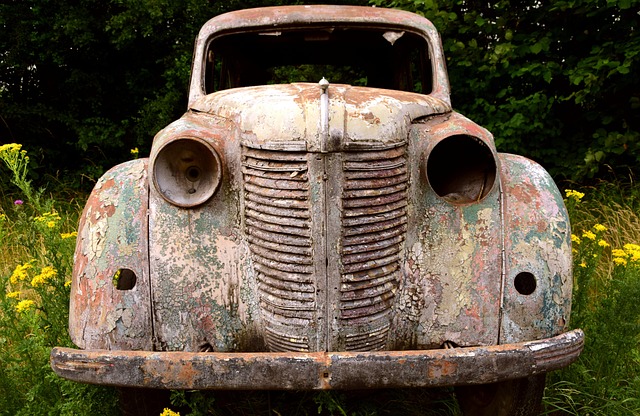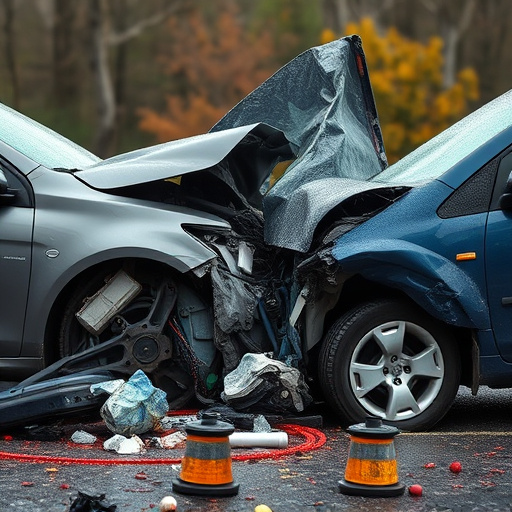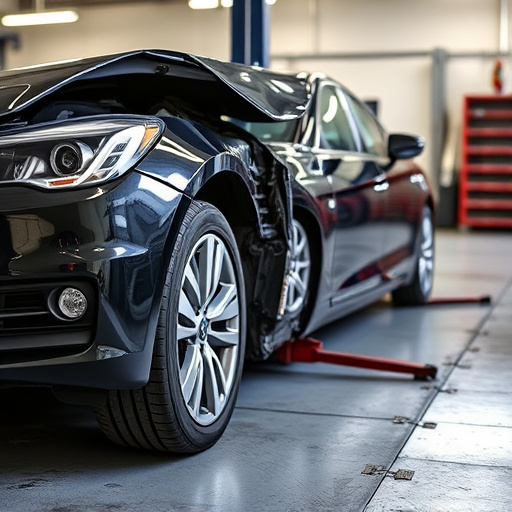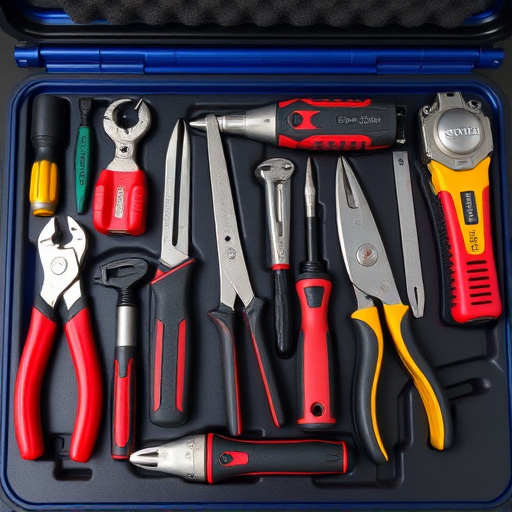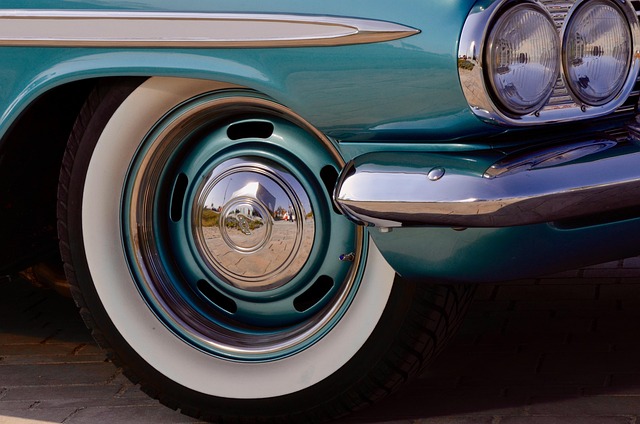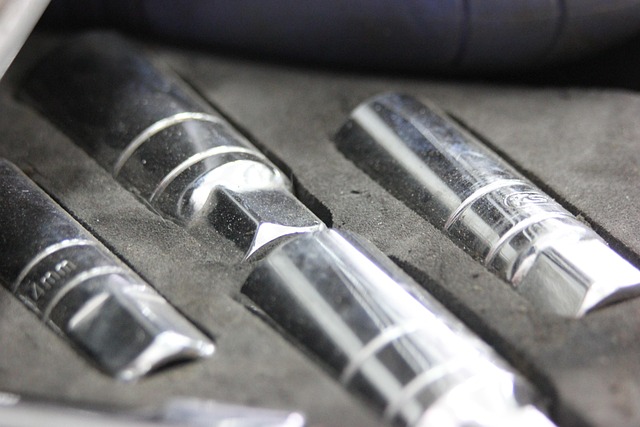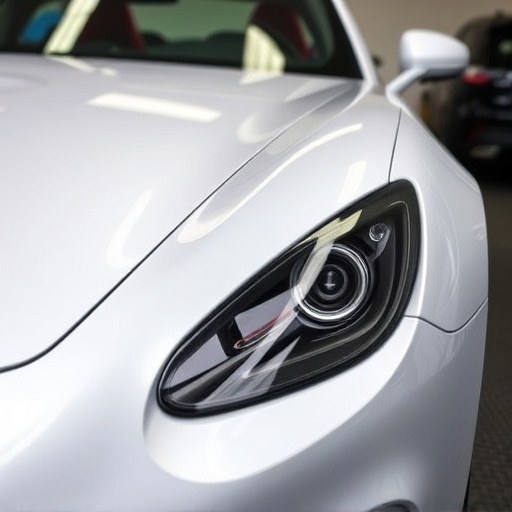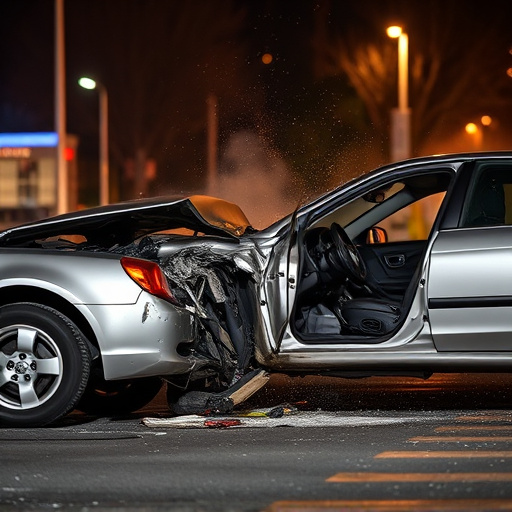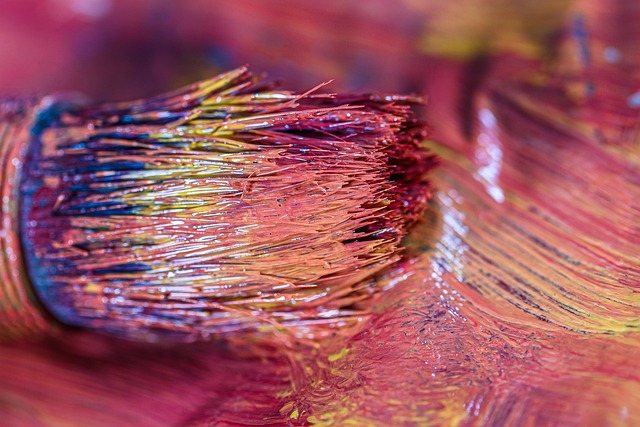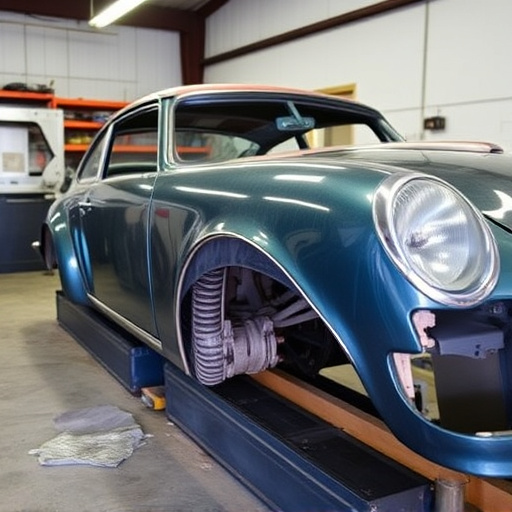Aftermarket bumper repair is a specialized service crucial for maintaining vehicle aesthetics and value after damage or dents. Auto body shops employ skilled technicians who assess, fit, and paint new bumpers to match original colors, ensuring structural integrity and seamless finishes. Repainting is vital, restoring aesthetic appeal and protective functionality while matching the original factory finish. Proper preparation—sanding, priming, high-quality paint application with controlled ventilation—and adequate curing time guarantee a durable, professional finish that enhances overall repair quality and customer satisfaction in auto detailing.
In the realm of aftermarket bumper repair, repainting isn’t merely an option—it’s a game-changer. This meticulous process transforms damaged car bumpers into like-new condition, reflecting not just technical mastery but also an eye for detail and aesthetic precision. Understanding the intricacies of aftermarket bumper repair, including its unique challenges, is key to appreciating why repainting is a vital step towards achieving optimal results. Dive into this comprehensive guide to explore best practices and ensure every repair job stands out.
- Understanding Aftermarket Bumper Repair: The Process and Challenges
- Why Repainting is a Crucial Step in Achieving Optimal Results
- Best Practices for Effective Repainting in Aftermarket Bumper Repair Jobs
Understanding Aftermarket Bumper Repair: The Process and Challenges

Aftermarket bumper repair is a specialized service that involves restoring or replacing damaged or dented vehicle bumpers, typically after an accident or impact. It’s a crucial process for car owners looking to maintain their vehicle’s aesthetics and value. Many auto body shops offer this service, employing skilled technicians who understand the intricacies of car bodywork. The process often begins with an assessment to determine the extent of damage; parts may need to be ordered if the bumper is beyond repair.
Once the new bumper arrives, it’s carefully fitted and painted to match the vehicle’s original color. This involves precise measurements, careful alignment, and a meticulous repainting process. Challenges in aftermarket bumper repair include ensuring perfect color matching and maintaining the structural integrity of the car body shop’s work. Proper painting techniques are vital to achieving a seamless finish that blends flawlessly with the rest of the car’s bodywork.
Why Repainting is a Crucial Step in Achieving Optimal Results
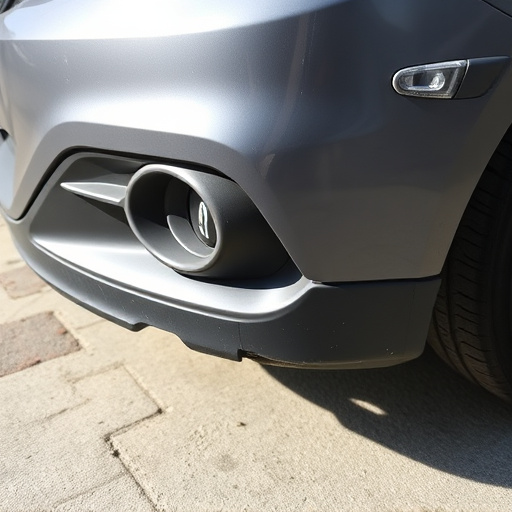
Repainting is a vital step in achieving optimal results for aftermarket bumper repair jobs. When a bumper is damaged, it often involves more than just fixing the physical structure—it also requires restoring its aesthetic appeal and protective functionality. Applying a new coat of paint ensures that the repaired bumper not only looks like new but also provides the same level of protection against future car damage repair. Without proper repainting, the bumper may remain visible signs of collision repair shop work, compromising the vehicle’s overall appearance and resale value.
In the world of car restoration, repainting is a game-changer. It transforms a damaged bumper into a seamless part of the vehicle again, ensuring that it not only fits perfectly but also matches the original factory finish. This process involves meticulous preparation, including sanding, priming, and applying high-quality paint, which are essential to create a durable, glossy surface. By incorporating these steps in aftermarket bumper repair, the final product is a beautifully restored bumper that seamlessly integrates with the rest of the car’s exterior, enhancing both its visual appeal and structural integrity.
Best Practices for Effective Repainting in Aftermarket Bumper Repair Jobs
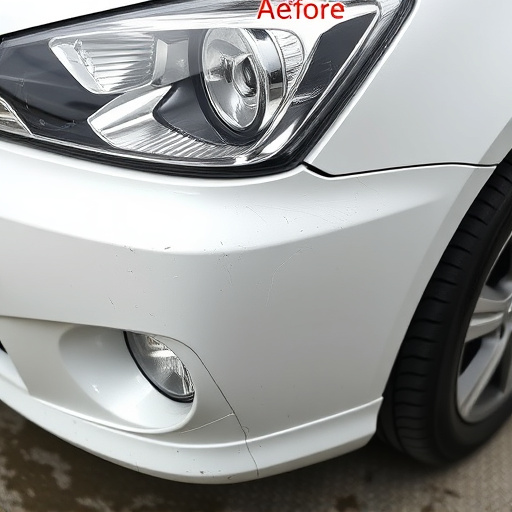
When undertaking aftermarket bumper repair jobs, repainting is a crucial step to ensure a seamless and aesthetic finish. The best practices for effective repainting involve several key steps. First, thoroughly clean and prepare the damaged area, removing all debris and dirt to create a smooth surface. This includes sanding and applying primer to achieve an even base before painting. Using high-quality paint designed for automotive applications ensures durability and longevity.
At an auto collision center or during an automotive collision repair process, precise application techniques are vital. This involves using the right tools and equipment, such as spray guns with adjustable settings, to achieve a consistent coat of paint. The environment should be controlled, with proper ventilation, to prevent paint issues like dripping or uneven drying. Finally, allowing sufficient curing time between coats ensures a professional finish, matching the original color accurately in terms of shade and gloss. Incorporating these best practices enhances the overall quality of the aftermarket bumper repair job, ensuring customer satisfaction in an auto detailing context.
In conclusion, repainting is an indispensable step in achieving optimal results during aftermarket bumper repair jobs. Understanding the process and implementing best practices ensure not only aesthetic enhancement but also long-lasting durability. By addressing challenges head-on and prioritizing quality repainting techniques, professionals can deliver top-notch repairs that match or exceed the original equipment standards.
